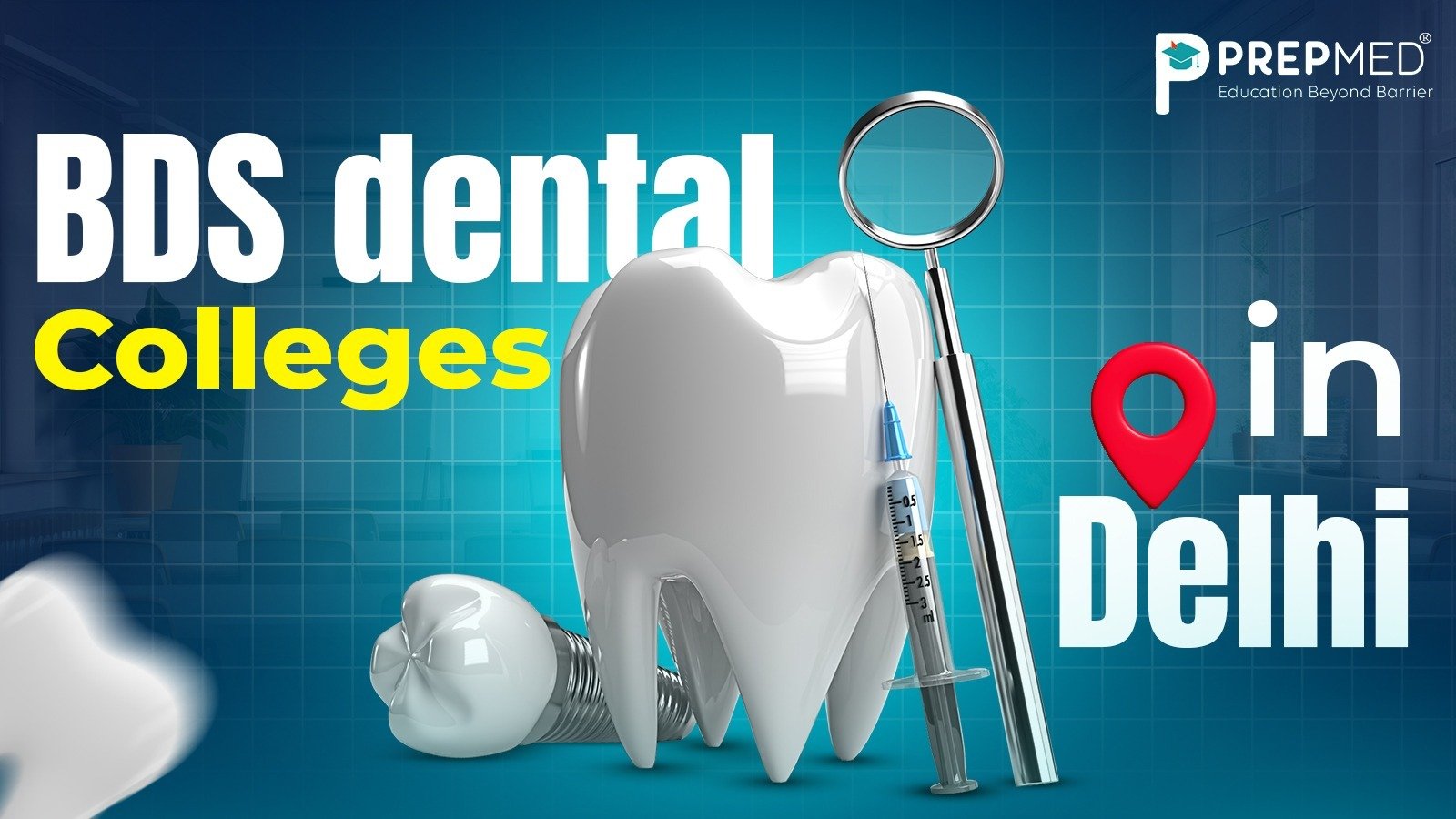November 24, 2024
Interatomic Interactions and Molecular Configurations: Learn about the Fascinating concepts
Interatomic interactions and molecular structures form the backbone of the chemistry describing how the ions, molecules, and compounds interact with each other and other elements. The various ionic, covalent and metallic bonds describe the behavioral property of various elements and compounds.
Having a solid understanding of these concepts is essential as these will provide you an idea about the atomic arrangements and the forces that hold these atoms together within a molecule. Having an idea about these concepts is essential as these will give you knowledge about the complexity of the chemical reactions.
Let's dive deeper to learn about the interesting concepts of chemical bonding and molecular structures.
What do you understand about the term “Chemical Bonding and Chemical bond?”
Chemical bonding refers to the process of the formation of a chemical bond between two or more ions and atoms. It involves the interactions between the outermost valence electrons of the atoms. A chemical bond is the adhesive that holds the atoms or ions together allowing them to form chemical compounds. This force of attraction results in the formation of molecular structures.
Define the “Octet Rule”
In chemistry the Octet Rule explains that atoms tends to form bonds to achieve eight electrons in their outermost shell (valence shell), attaining the stable electronic configuration of the nearest noble gas. Atoms with eight valence electrons (or two for hydrogen and helium) are considered stable and less likely to react.
What do you mean by the valence electrons?
These are the electrons located in the outermost shell also known as the valence shell of an atom are known as the valence electrons. These valence electrons have an important role as they are involved in chemical reactions.
NOTE: Carbon atom have four valence electrons which allows them to form four covalent bonds with other atoms.
Kossel's insights on Chemical Bonding:

- In the periodic table, the noble gases belonging to group number 18,separates the highly electropositive alkali metals of group 1 from the highly electronegative halogens of group 17.
- The electropositive elements lose electrons to form the cations and the electronegative elements gain electrons to form anions.
- These oppositely charged cations and anions attract each other due to the electrostatic forces acting between them, thereby resulting in the formation of ionic bonds.
How many types of chemical bonding are there? Explain them.
There are generally four types of chemical bonding present that you need to learn. They are:
- Ionic Bond: This bond forms when a metal loses electrons to become a positively charged cation while a nonmetal gains electrons to become an anion. The formation of the resulting attraction between the cation and the anion is known as the ionic bond. For example, in Potassium Chloride (KCl), potassium loses electron to become K⁺ whereas chlorine gains electron to become Cl⁻, there by forming an ionic bond.
- Covalent bond: In covalent bonds, sharing of electron pairs occurs in between atoms. This bond is formed between non-metal atoms that shares the same electronegativity. There can be single, double, or triple covalent bonds depending on the number of electron pairs shared between the atoms. For example in Water (H₂O), there are double covalent bonds as the oxygen atom shares electrons with two hydrogen atoms.
- Hydrogen bond: A hydrogen bond is referred to a weak interactive bond that is formed between a hydrogen bond when it is covalently bonded to a highly electronegative atom. This bond is comparatively weaker than the ionic and covalent bonds.
- Van der Waals force: These forces are characterized by low intensity, close-range forces of attraction found in between molecules. These forces include dipole-dipole interactions and London dispersion forces. Van der Waals forces can have a significant impact on the melting and boiling points of various compounds.
Factors having an significant impact on the ionic bond formation
- Ionization enthalpy: The energy required to remove an electron from the outermost shell of a gaseous atom. Lower the ionization energy, greater is the ability to lose an electron, thereby leading to the formation of cation, promoting formation of ionic bond.
- Electron affinity: Electron affinity is defined as the change of energy when an electron is added to a neutral atom. Higher the electron affinity, more is the chance to gain an electron to form an anion, thereby forming the ionic bond.
- Lattice Energy: It is defined as the energy that is released when a crystalline lattice is formed due to the ions coming together.
What do you understand by the bond angle, bond enthalpy and bond order?
- Bond angle: Bond angle refers to the angle that is formed in between the two adjacent bonds of an atom in a molecule. Bond angles are shaped by the presence of electron pairs surrounding the central atom.
- Bond enthalpy: Bond enthalpy is also known as the bond dissociation energy is defined as the amount of energy that is required to break one mole of bond. Higher the bond enthalpy, stronger is the bond.
- Bond order: Bond order is defined as the number of chemical bonds in between an atomic pair. The bond order is three for diatomic nitrogen.
Valence Pair Electron Pair Repulsion (VSEPR) Theory:
The main points are:
- The shapes of the various molecules are determined by the combination of lone pair and bond pair electrons.
- The electron pairs normally exist around the central atom, and the electrons carry a negative charge so the electron clouds are negatively charged. Therefore, they have a tendency to reject one another.
- The arrangement of electron pairs are done in such a way that the repulsion between them is reduced.
Valence Bond Theory (VBT) :
- The VBT revolves around the atomic orbitals and the electronic configuration of atoms. Each atom's nucleus is attracted to both of it's own electrons and the electrons of the neighboring atom. This results in the bond formation.
- The repulsive forces occurs between the electrons and the nuclei of two atoms.
- The attractive forces pulls the atoms towards each other wheread the repulsive forces pushes them apart.
FAQS:
1. What do you understand by a chemical bond?
The force of attraction that occurs between ions or atoms that leads to the formation of chemical compounds.
2. What is the difference between an ionic and a covalent bond?
Ionic bond is formed due to the transfer of electrons from a metal to a non metal whereas covalent bond is formed due to the sharing of electron pairs in between two non metal atoms.
3. How many hybrid orbitals are formed in sp type of hybridization?
2 sp (1s+1p) hybrid orbitals are formed in sp type of hybridization.






